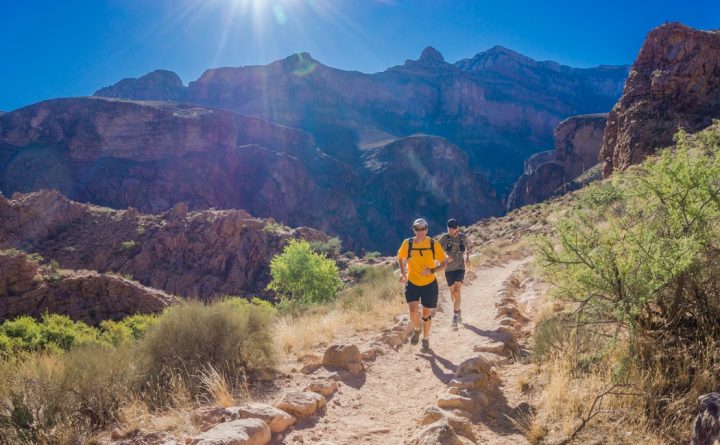
Well, you really can’t deny it now: summer has come and hit our beautiful, tropical, Philippines. There is a heck of a lot of things to do here during the summer not just out in the provinces, but right here in the city as well. And by this time of the year, the city streets will be filled with people who are training for their races.
Yes, training. Under the heat of a 30-something-degree summer sun, sweating out every ounce of water in your body, with only dry air to breathe in when your lungs are begging for oxygen. Yup, that sounds like a lot of fun. Yeah… no, that sounds like a death sentence, actually.
But hey, the weather conditions don’t necessarily have to take out the fun in training, so long as you know how to avoid the worst possible outcome of heat training this summer. The worst possible outcome being heat stroke.

So, heat stroke… that sounds bad. What is it?
Heat stroke is the most serious type of heat-related injury that occurs when your body temperature exceeds 40 °C, overheats, and is then unable to cool down by way of sweating. In the Philippines, heat stroke occurs in 5 of every 10 Filipinos exposed to heat indexes of over 40 °C. And here in our beloved Pearl of the Orient, heat indexes tend to range from 40-50 °C. So yes, it is very real, and it very much happens in the Philippines.
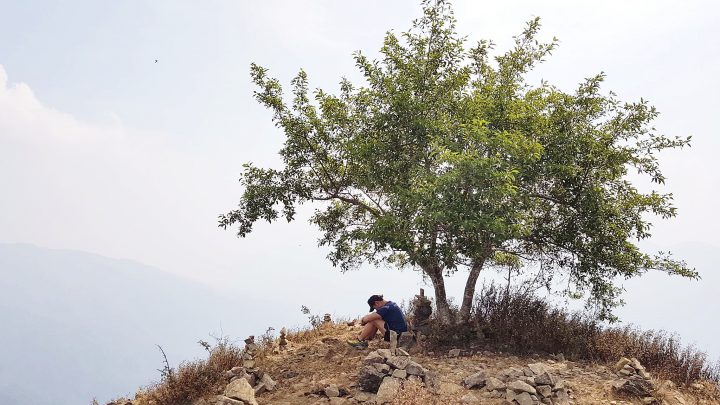
Okay… I get it. Heat stroke is real, and it’s bad. What causes it?
In bullet points, heat stroke is caused by:
• Prolonged exposure to hot and humid environments
• Vigorous activity
• Dehydration
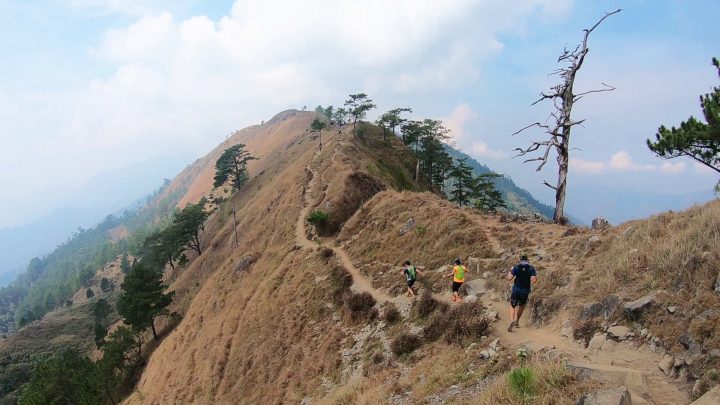
Noted! How do I know if I or someone I know is already suffering from a heat stroke?
Whether you’re working out under the heat of the sun, or indoors, make sure to watch out for these signs for the early detection of a heat stroke.:
• High body temperature
• Confusion, agitation, slurred speech, irritability, delirium, and in worse cases; seizures and/or coma
• Nausea and vomiting
• Flushed skin
• Rapid breathing and heart rate (normal respiratory rate = 12-20 breaths per minute; normal [resting] heart rate = 60-100 bpm)
• A throbbing headache
How do I help someone out who’s already suffering from a heat stroke?
Your primary response to such an incident is always to call for the assistance of an emergency medical response team (National Emergency Hotline: 911). After emergency medical service has been contacted, you can help the person suffering from a heat stroke by doing the following:
• Move the person to a shady spot or indoors
• Have him/her lie down with legs elevated
• If he/she is able to drink fluids, have them sip cool water
• Remove clothing, apply cool water to the skin, and fan the person
• Apply ice packs to the armpits, wrists, ankles, and groin
Alright. Is there anything we can do to avoid it altogether?
Of course, there is, and it’s always better and easier to prevent accidents than resolve them. Go for a worry-free run, under the sun and note these tips to prevent a heat stroke:
1. Limit the amount of time you spend outdoors. If you need to heat train, you can very well do so, but don’t go pushing yourself too much if you’re starting to feel that your body can’t take it, anymore.
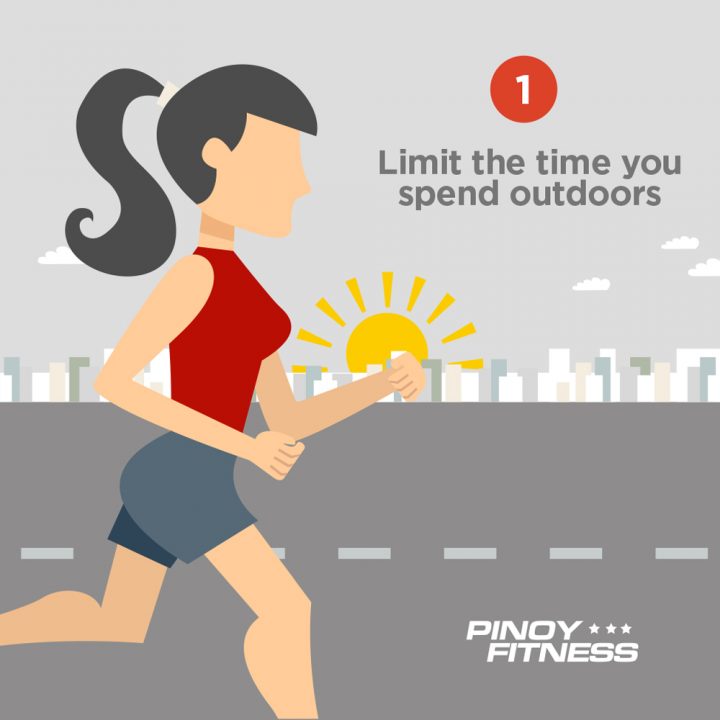
2. Drink plenty of water
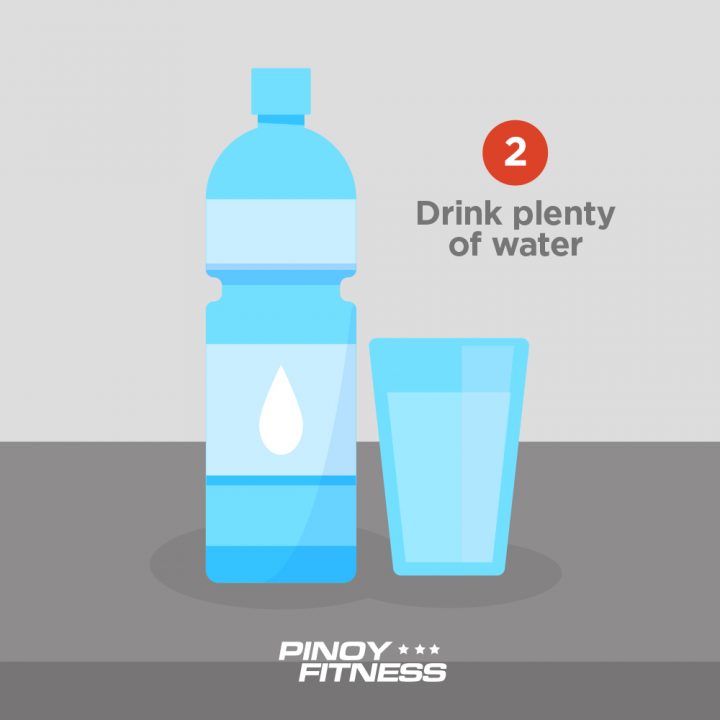
3. Avoid tea, coffee, soda, and alcohol
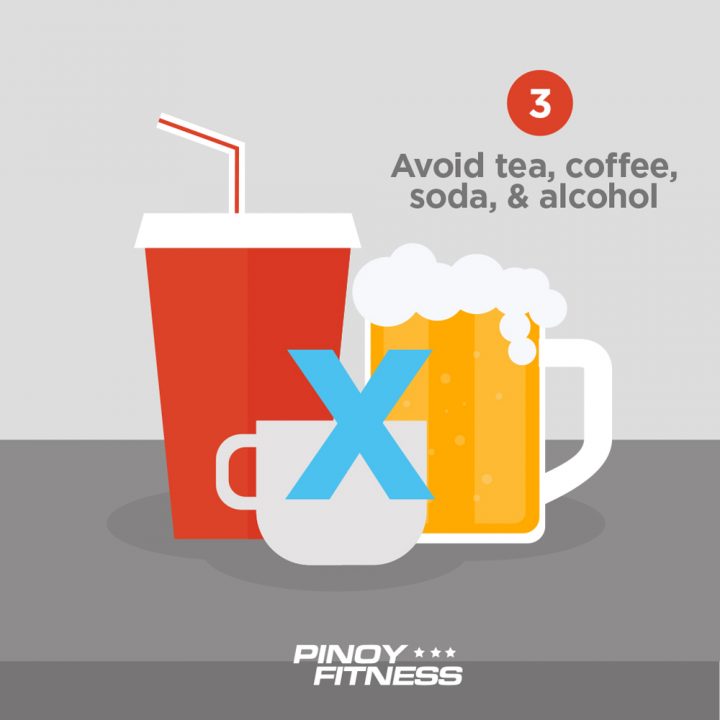
4. Wear a cap, or additional protective gear to shield your skin from the heat
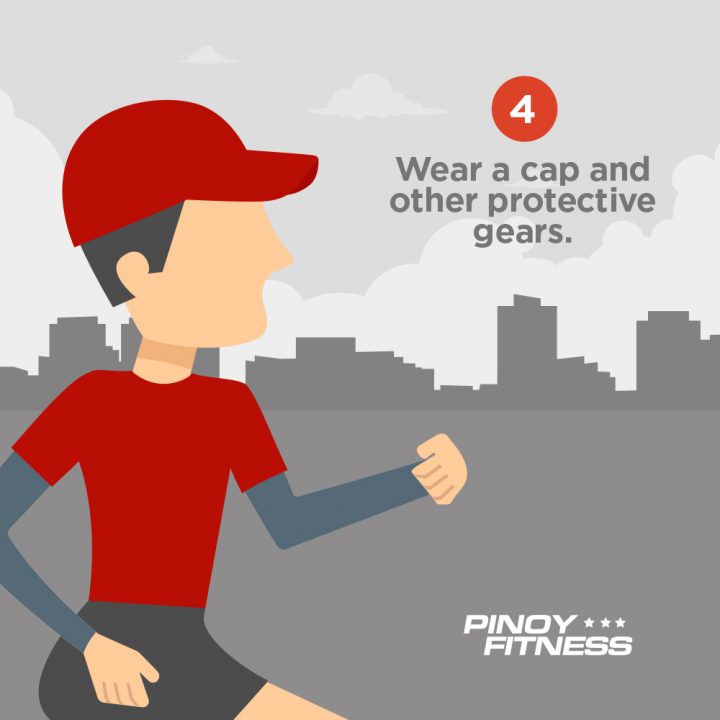
5. Time your workouts so that the most difficult parts of the training are done during the coolest times of the day
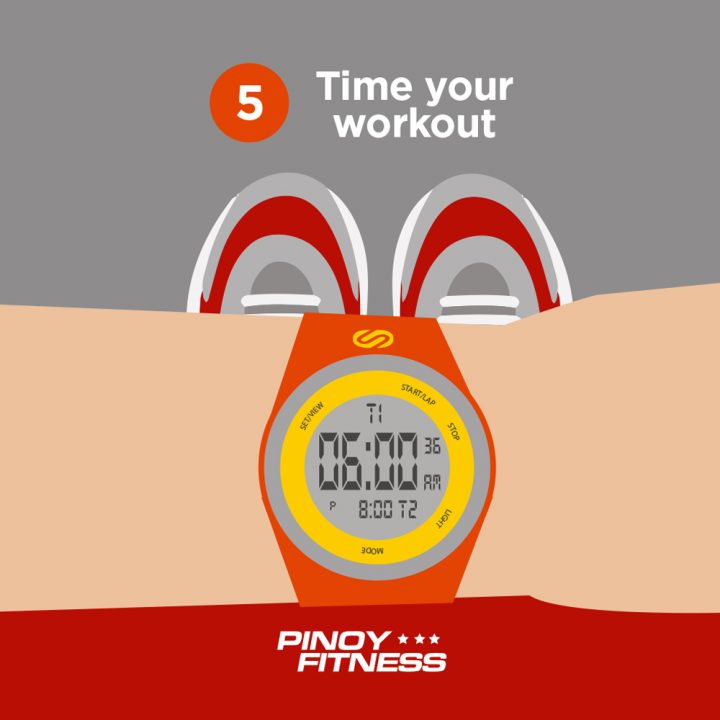
And with that, we wish you all fun and safe running sessions in the summer heat. Let us know in the comments section if there’s anything else particularly related to heat training you’d like to find out!







I can’t seem to locate the Runrio Trilogy Leg 2 (Afroman) in your list of events. It was slated on June 3, 2018. Did I miss something or was it postponed?